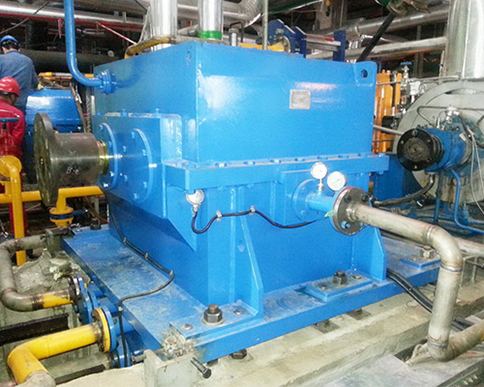Shenyang German Machine Hydralic Transmission Machinery Co., Ltd.
Contacts:Sun Manager
Mobile phone:13804900881
Telephone:024-31309368
Fax:024-31309368
Address:No. 14 Shen Da Road, Shenyang flood diversion area
The failure of hydraulic coupler can be divided into two kinds:
Potential failure. In connection with progressive failures, failures in development are running down, but they have not yet been lost, but at the same time, they are close to the stage of fault germination. When the fault is diagnosed, it is considered a potential failure phenomenon, which is commonly referred to as the disease. For example, the vibration of the coupler is gradually increasing, and the seal system has signs of oil seepage and so on, which is a potential fault.
Functional failure. If a part of the coupler has a fault, the loss of the function can not be called a functional failure. The operator or the maintenance staff can judge. Because this kind of fault is actually existing, it is also called the actual fault.
It is roughly divided into a speed adjustable coupler and a safe (limited moment) coupler. The former is mainly used for speed regulation and energy saving, the latter is mostly used in conveyor belt and starting large inertia load, and has the capacity of no-load starting and overload protection. A safe coupling (hereinafter referred to as a coupler) is usually made up of the main components, such as the pump wheel, the turbine and the rotating shell. The pump wheel and the turbine are arranged symmetrically, with a lot of radial radiation and parallel to the axis of the blade. In operation before the coupler is filled with oil, when the input shaft drives the pump wheel rotates, the centrifugal force, the oil in the pump impeller driven from the pump wheel to the outer edge, the formation of a high pressure high speed oil flow, and rushed to the turbine blade, the turbine follow pump wheel rotates in the same direction.
The oil in the turbine flows from the outer edge to the inside, at the same time reducing the pressure and decelerating, and then flowing into the inside of the pump wheel. It's so circulatory. In this cycle, the mechanical work input by the pump wheel is converted into the potential energy of the working oil and the pressure increasing, while the turbine converts the kinetic energy and potential energy of the working oil to the output of the mechanical work. Thus the transmission of power is realized. A simple diagram for a safe coupler. When the coupling is running stably, the sum of external forces acting on the coupling direction should be equal to zero (regardless of the bearing resistance moment) according to the mechanics balance rule.

